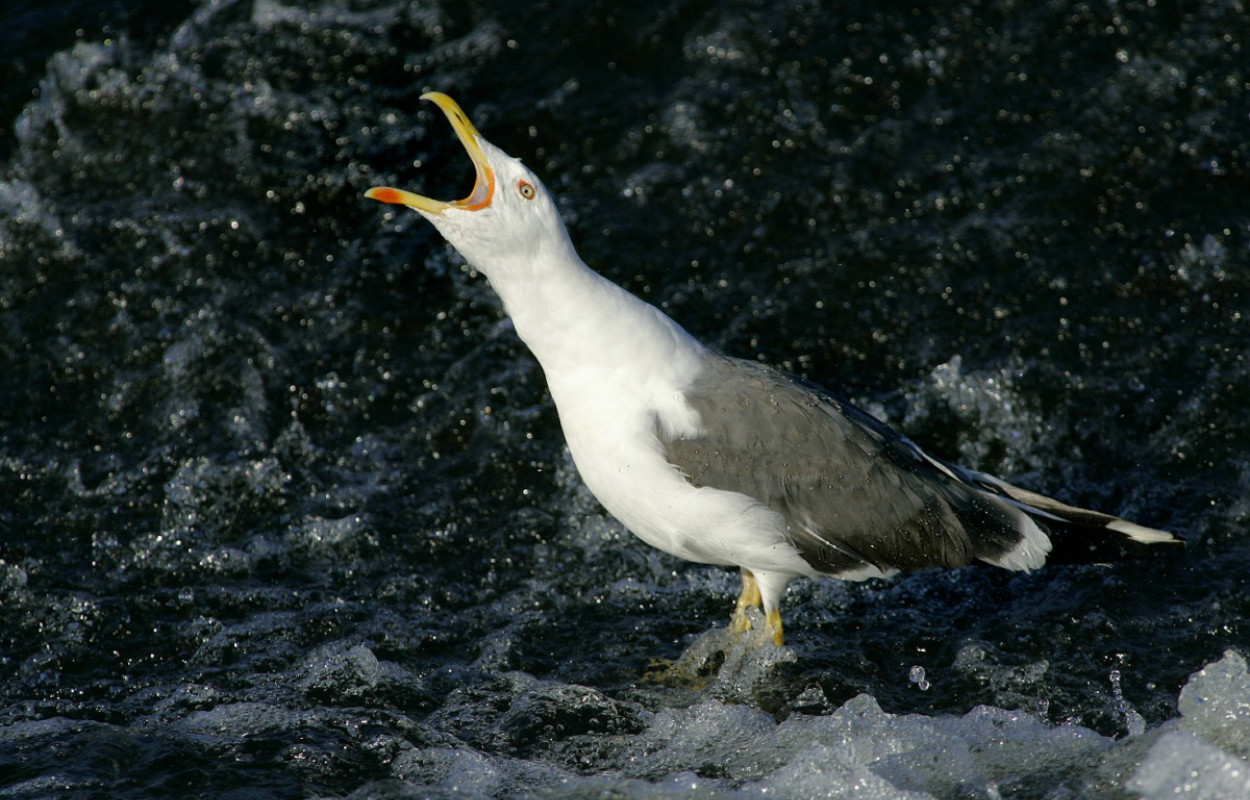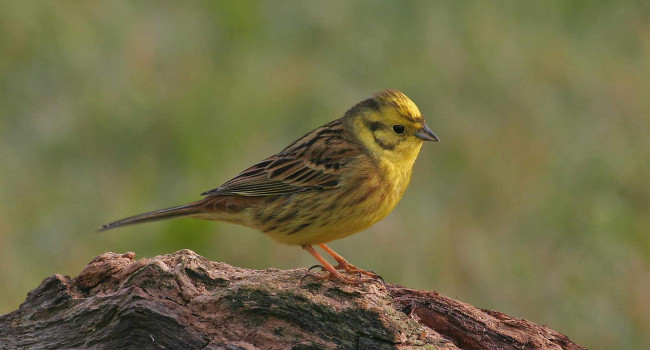Dynamic space use of Andalusian rice fields by Lesser Black-Backed Gulls (Larus fuscus) is driven by flooding

Author(s): van Rees, C.B., Aragonés, D., Bouten, B., Thaxter, C.B., Stienen, E., Bustamante, J. & Green, A.J.
Published: May 2021
Journal: Ibis
Digital Identifier No. (DOI): 10.1111/ibi.12968
Abstract
Research on the space use and behaviour of waterbirds yields important insights on human-wildlife interactions of ecological and societal importance under global change. The extent to which dynamic (within-season) changes in anthropogenic landscapes affect these interactions is poorly understood. Lesser Black-Backed Gulls (Larus fuscus) are prominent biovectors of biological and artificial materials, and have exhibited large increases in abundance in parts of southern Europe in recent decades. We combined GPS tracking, earth observation, accelerometry and field observations to study the space use of overwintering in a mixed rice field landscape in Andalusia, Southern Spain. We used Manly selectivity metrics, a common quantitative measurement of habitat selection, and classified remote sensing imagery to directly evaluate space use and habitat selection for these gulls and how it changed throughout the rice harvest cycle. Analysis of over 45,000 GPS fixes and 14 classified remotely-sensed images from winter 2016-17 showed dynamic space use driven by the harvest-related flooding across the rice harvest cycle. Prior to harvest, gulls foraged in rice paddies during the day and roosted in adjacent waterbodies (the River Guadalquivir, and fish ponds) at night. During harvest, they spent nearly 100% of their daily cycle within the rice fields, foraging in harvested paddies and roosting in post-harvest, flooded paddies. After harvest, they roosted in flooded paddies at night and foraged at landfills in the surrounding landscape. Gull space use at landscape and paddy scales was closely linked to dynamic land and water management over the rice agricultural cycle, illustrating the detailed scales at which human activities influence the movements of ecologically important, human-associated biovectors like gulls. The frequent early-spring movement patterns of gulls between landfills and agricultural fields makes them an important biotransport link for potentially toxic materials between waste sites and places where food is grown for human consumption.







Share this page